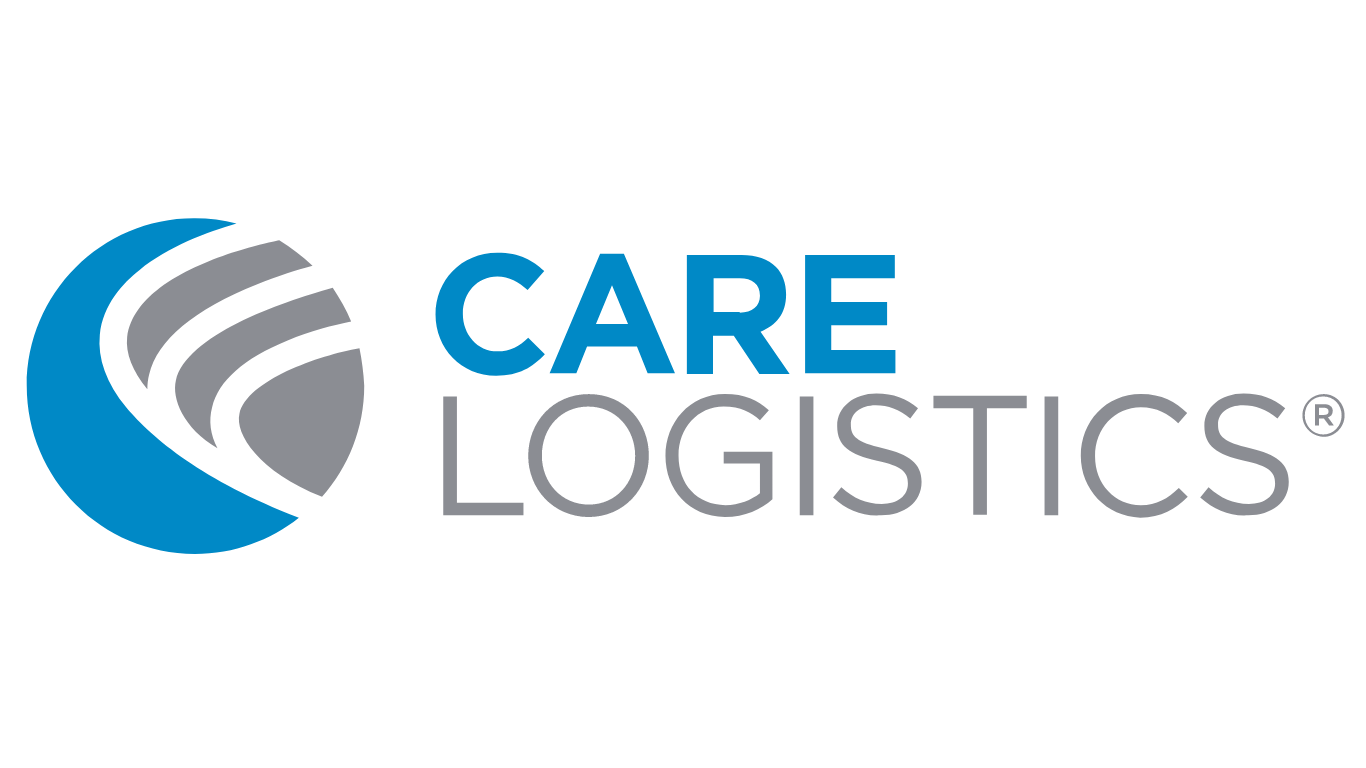How HL7 Empowers Healthcare Providers
By Shelley Wilson
Health Language Seven, or HL7, is a set of international standards used to guide the transferring and sharing of data between various healthcare providers. The adoption of these standards supports clinical practice and the management, delivery, and evaluation of health services.
Healthcare providers, particularly specialists, are required to access multiple electronic systems to see relevant diagnoses for a patient. HL7 provides a common language around the content and structures for clinical data classes, such as diagnoses, allergies, and procedures. With the use of this common language and structure, the data can be exchanged across Electronic Health Records Systems without ambiguity and risk of misinterpretation.
There are many benefits of HL7. Compliance with these standards increases the data available for the patient’s longitudinal record. The longitudinal record is a single complete patient record that combines data from a variety of sources throughout the healthcare system. The single complete patient record puts us at the center of our health care by giving us access and ownership of our medical records and putting it all in one location. HL7 is crucial to the patient having one record, and interoperability is a desired outcome of any healthcare facility. Most healthcare providers use a range of applications, such as radiology and laboratory, for their daily requirements. This makes it vital to create an environment where these applications can communicate. HL7 provides the standards and structure to ensure this communication is possible.
Standards like HL7 make more data available to healthcare providers and provides the patient with the ability to have all their data in one record. As a result, healthcare providers are empowered to make better clinical decisions and more efficiently provide the best care for their patients.

